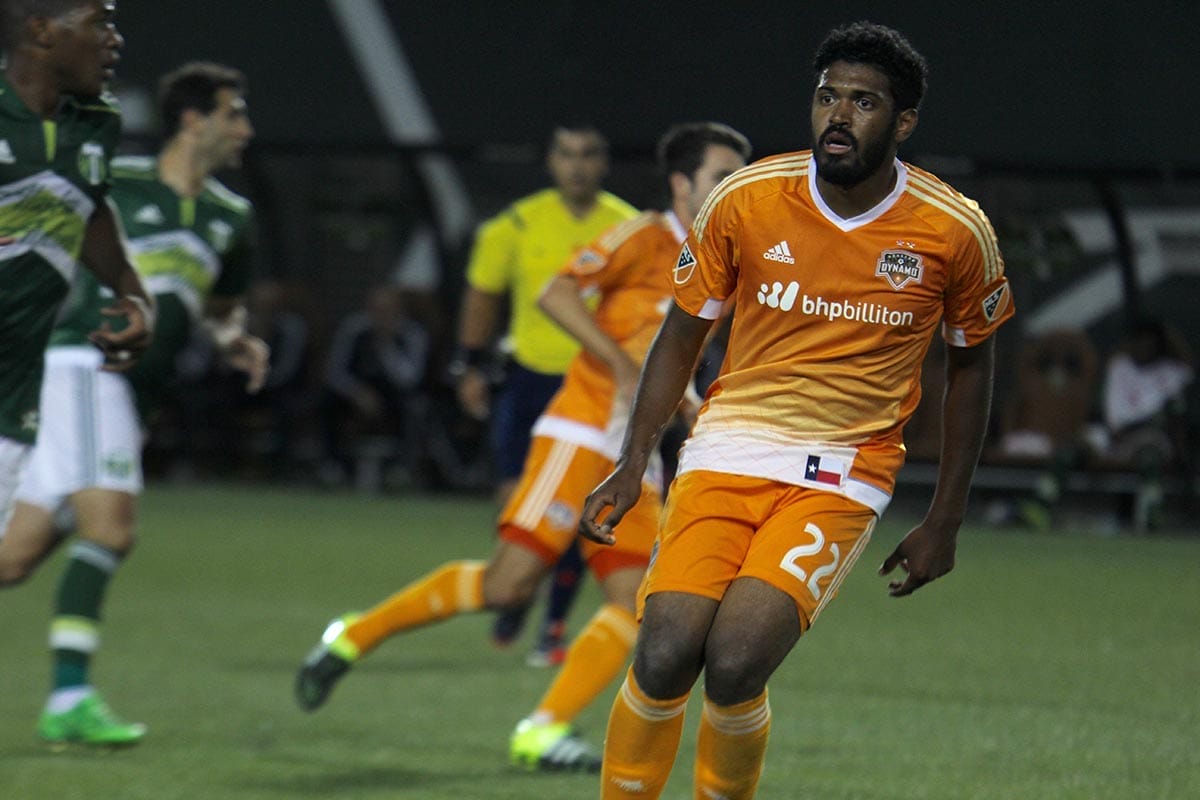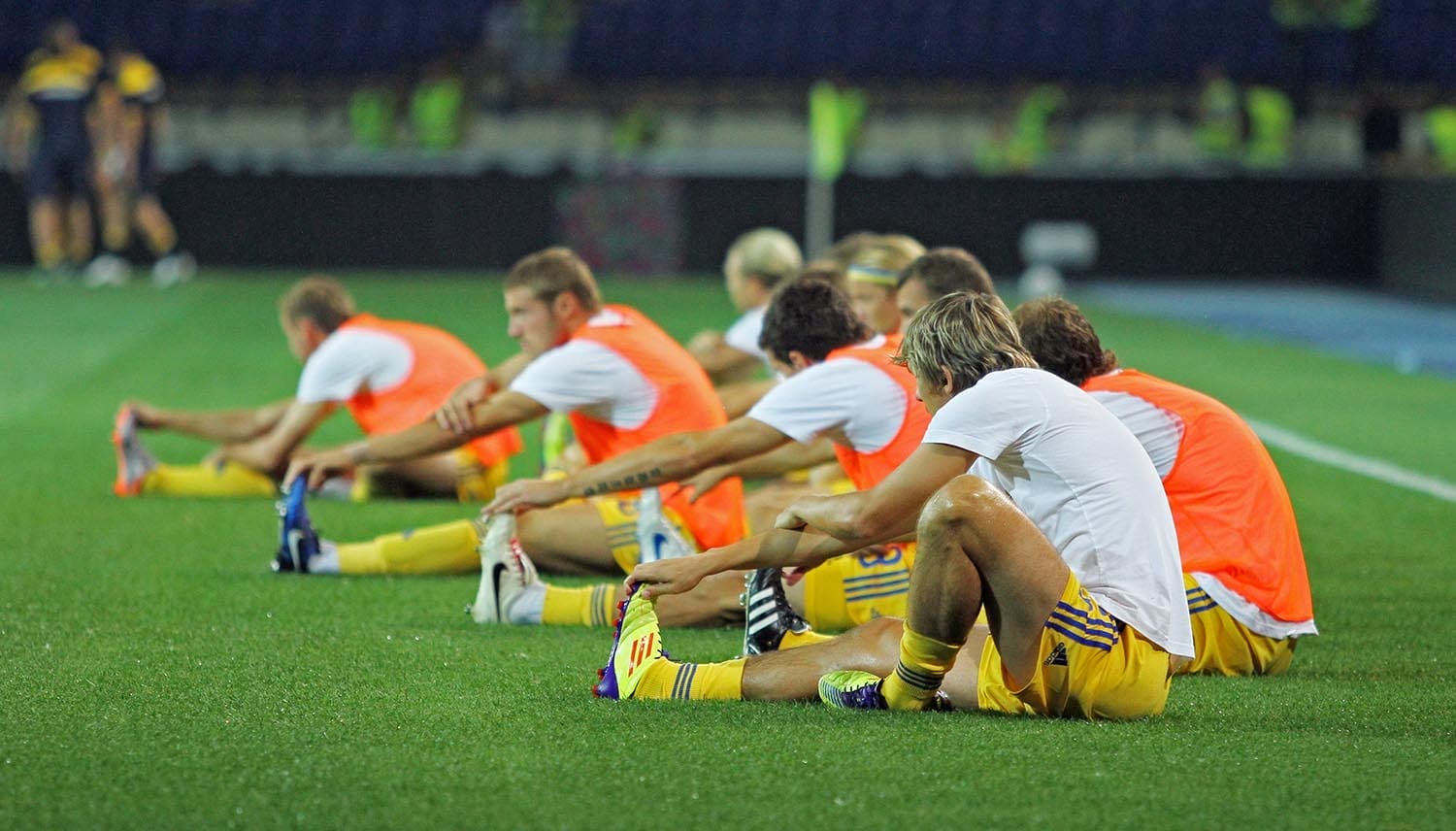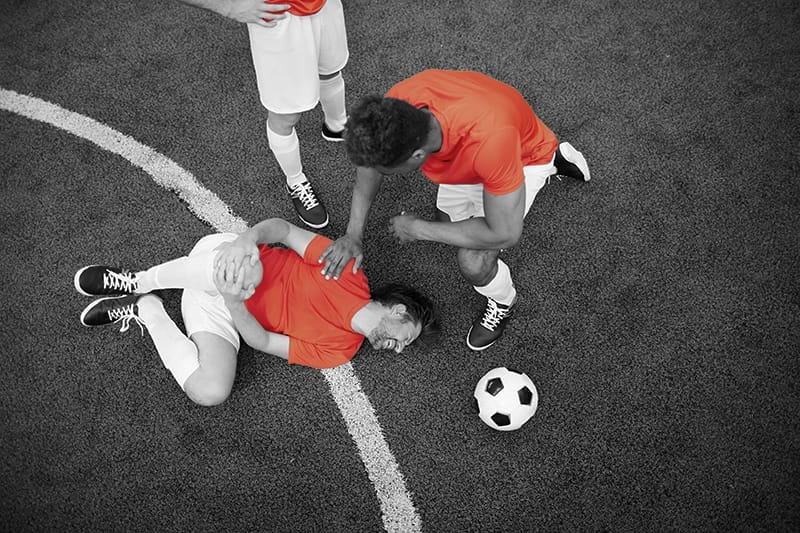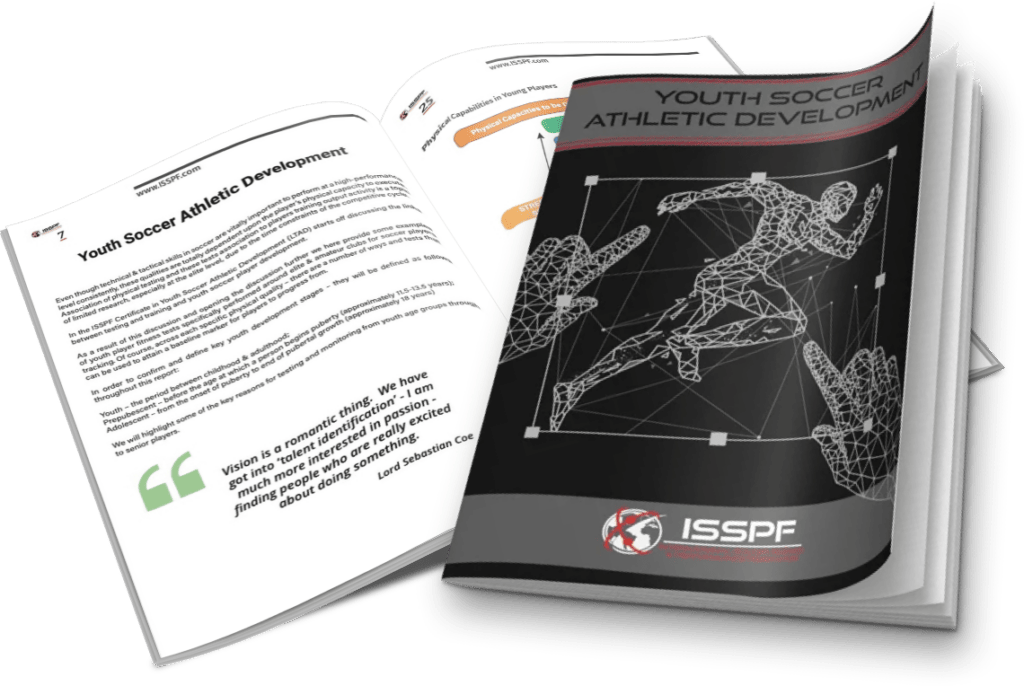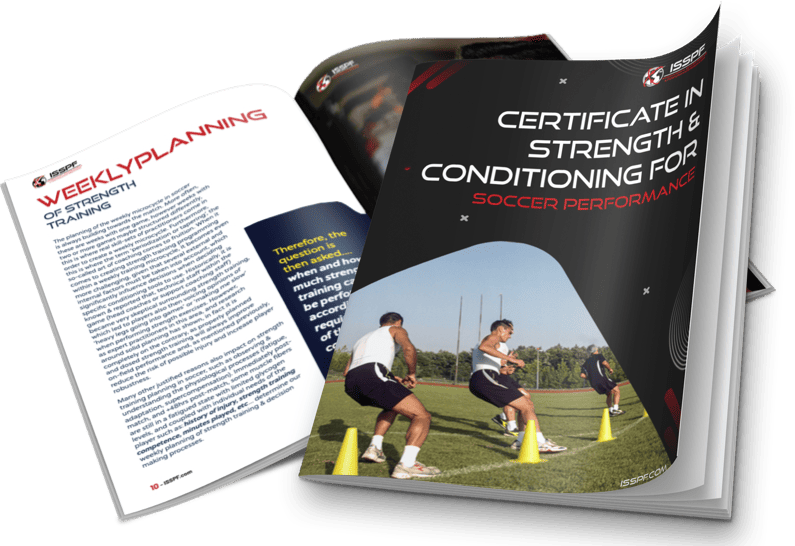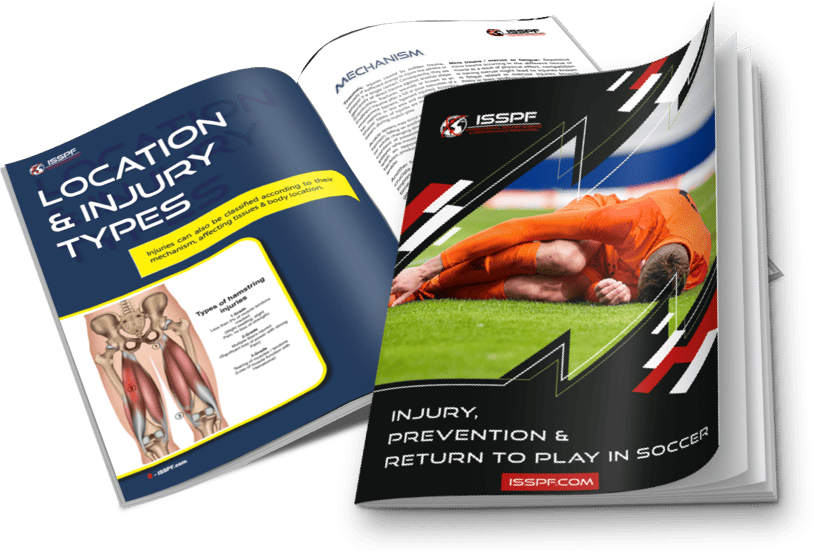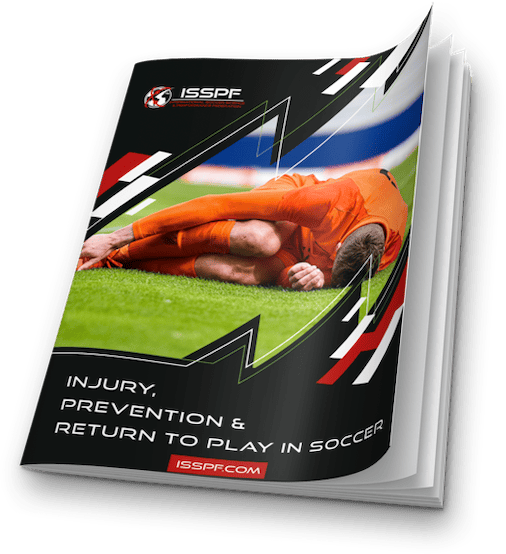Author: Dr. Ai Ishida (PhD, CSCS, CPSS), Performance Coach & Sports Scientist, Houston Dynamo Football Club, MLS
In football, incorporating external training load data allows practitioners to manipulate and periodize training load to maximize physical performance (Calder and Centofanti, 2022).
Practitioners periodize training volume and intensity within a micro-cycle using external training load variables such as distance covered, high-speed running (HSR) distance, sprint distance, absolute and relative maximum velocity, high acceleration and deceleration frequencies, and maximum acceleration and deceleration (Rico-González et al., 2022).
However, these metrics are analyzed based on a fixed term relative to a game (e.g., a central midfielder covered 12,000m of distance with 500m of HSR during a game), which did not necessarily capture the context of distance and HSR covered.
Thus, practitioners are also aware of how a player reaches peak physical match demands of running and acceleration/deceleration (e.g., multiple pressing moments, pressing to recovery run, or positive/negative transitions).
This information would help to identify the most intense stimulus of the game and apply in training and return-to-play (RTP) settings.
Current Evidence in Peak Match Physical Demands
Peak match physical demands are defined as the most physically intense period of a match (Oliva-Lozano et al., 2020) and determined using simple moving average distance (m∙min-1), HSR (m∙min-1), sprint distance (m∙min-1), and acceleration frequency (n∙min-1), and acceleration (m∙s-2) (Rico-González et al., 2022).
Simple moving averages of 1-, 3-, 5- and 10-min windows are common epochs in football (Rico-González et al., 2022). Based on current evidence (Fereday et al., 2020; Martín-García et al., 2018; Oliva-Lozano et al., 2020; Riboli et al., 2021; Rico-González et al., 2022), a 1-min moving average of relative distance may range from 188 to 201 m∙min-1 whereas elite football players may reach 121 to 130 m∙min-1 in 10-min moving average of relative distance (Table 1) (Fereday et al., 2020; Martín-García et al., 2018; Oliva-Lozano et al., 2020; Riboli et al., 2021).
A multitude of factors should be considered when examining the variance of peak physical moments throughout match-play, IE formation, position, score-line etc (Calder and Gabbett, 2022).
These factors outline the need to individualize training prescriptions in relation to most demanding passages of match-play (Delaney et al., 2018).
The information implies that match epochs length increases as physical demands tend to decrease mainly due to the increased involvement of technical demands (Johnston et al., 2021). However, practitioners should be aware of the variability in peak physical demands due to the nature of team sports. (Baptista et al., 2022; Novak et al., 2021).
For example, male football players demonstrated good intra-individual variability in the 3-min average relative distance (Coefficient of variation [CV]= 4.6 to 8.2%) whereas the variability was high in the 3-min moving average of HSR (CV=15.6 to 37.8%) and sprint distance (CV=21.1 to 76.4%). Thus, this
large variability suggests that players may produce inconsistent peak physical demands, especially in relative HSR and sprint distance.
Table 1: Brief Summary of Peak Physical Demands in Elite Men’s Football Players
Relative Distance
| Authors | Year | Subject | 1-Min | 3-Min | 5-Min | 10-Min |
|---|---|---|---|---|---|---|
| Fereday et al. | 2020 | English Championship | 190±20 | 157±17 | 133±14 | 121±13 |
| Martín-García et al. | 2018 | Spanish 2nd B Division | 192±20 | 149±15 | 138±14 | 127±13 |
| Oliva-Lozano et al. | 2021 | Spanish 2nd Division | 201±18 | 155±11 | 142±25 | 130±37 |
| Riboli et al. | 2021 | Italian Serie A | 188±25 | 148±20 | 137±43 | 122±28 |
HSR
| Authors | Year | Subject | 1-Min | 3-Min | 5-Min | 10-Min |
|---|---|---|---|---|---|---|
| Fereday et al. | 2020 | English Championship | 60±23 | 28±14 | 21±11 | 14±16 |
| Martín-García et al. | 2018 | Spanish 2nd B Division | 38±23 | 16±9 | 12±6 | 9±4 |
| Oliva-Lozano et al. | 2021 | Spanish 2nd Division | 61±15 | 30±8 | 22±6 | 16±6 |
| Riboli et al. | 2021 | Italian Serie A | 58±18 | 26±17 | 21±16 | 15±3 |
Practical Application
Training
To optimize physical performance, fitness coaches and sports scientists can perhaps manipulate variables to produce higher training stimuli during training drills (Calder and Centofanti, 2022).
First, they must be aware of the physical demands of training drills, such as small-sided games (SSG), possession, and transition drills. For example, possession drills may produce greater distance covered, fixed relative distance, and numbers of high accelerations than SSG (Bujalance-Moreno et al., 2022; Castellano et al., 2013).
Transition drills, on the other hand, may produce greater HSR compared to SSG, whereas distance covered was higher in SSG (Asian-Clemente et al., 2022). Thus, understanding in physical demands of training drills is key to manipulating and prescribing appropriate training load.
After selecting exercises, practitioners carefully choose which time window is appropriate to compare with the length of the drills.
To the author’s knowledge and experience, longer time windows (e.g., 3- and 5-min) may be appropriate, due to the length of drills such as SSG and possession. For example, 148 to 157 m∙min-1 of relative distance could be a target for 3-min of SSG (Fereday et al., 2020; Martín-García et al., 2018; Oliva-Lozano et al., 2020; Riboli et al., 2021).
If the physical output is not sufficient, additional adjustments would be required to reach the peak demands (e.g., number of players, squared area per player, and drill constraints).
Fitness coaches and sports scientists also determine when to integrate the drills within a microcycle.
Depending on the time of the microcycle, it may be desired to train above the most physically intense period of a match, true ‘game speed’, for greater adaptations (Calder and Gabbett, 2022; Delaney et al., 2018).
I believe that 4-day prior to match day could be a better day to provide the physically demanding stimulus. On the contrary, players may not need to be exposed at the stimulus in a recovery period of the microcycle, especially at 1-day prior to match day (Calder and Centofanti, 2022).

Return-to-play
Quantifying peak physical demands could also be informative in RTP. Specifically, exposure to the peak match demands would help to assess if a player can tolerate the stimulus in the late stage of RTP.
For example, a fitness coach can prescribe a conditioning drill such as HSR runs followed by a few acceleration and decelerations and recovery runs, aiming for 190 to 201 m∙min-1 of relative distance and 38 to 61 m∙min-1 of HSR.
Fitness coaches and sports scientists also need to be cognizant of how often players are exposed to their peak match demands. RTP exit criteria would be set according to the frequencies of the peak physical exposures.
For instance, the fitness coaches may at least reproduce 4 moments of the intensity in a 10 min-period when a player reaches 3 moments of 190-201 m∙min-1 of relative distance throughout a game.
What Next?
The demand for training load management experts & coaching specialists in football is growing year upon year. Thousands of students are leaving university with a sport science degree, however many of them asking the key question…
- What now?
- How do I get a job in football?
- What’s the next step?
- Which area of sport science do I want to specialise in?
This is certainly an interesting question as progressing from completing a sport science degree to then working in professional football & trying to understanding all the key components, and soft skills that come with jobs in football or careers within sport.
The bespoke online sport science & football courses developed by ISSPF Elite Faculty members are a way of further exposing sport science students, individuals working within the game, coaches, physiotherapists, doctors, sport therapists & other football science enthusiasts with a thirst to develop further in this area.
The link below will take you to the hugely popular & expertly designed ISSPF endorsed & accredited Training Load Management online sport science course, where you will be exposed to football science & specific soccer coaching-led research, practical examples and training load monitoring methods used by leading practitioners within varying levels team sport development.
Training Load Management Course
Course Info
Average Workload: 20 hours total (pre-lecture reading + online content + questions + assignment)
Delivery Method: Online-based
Language Delivered: English
What Does This Course Cover?
Training Load Management Course
Module 1: Soccer player testing & monitoring: Real evidence
Lecturer: Prof. Darren Paul (England)
Module 2: Injury reduction strategies in professional soccer
Lecturer: Dr. Patrick Orme (England)
Module 3: Considerations & Applications of Training Load Monitoring in Elite Soccer Players
Lecturer: Dr. Vasilis Kalapthorakos (Greece)
Module 4: Soccer specific monitoring: Weekly microcycle, planning and performance
Lecturer: Dr. Dawid Golinski (Poland)
Module 5: External load monitoring in professional soccer: Understanding GPS tracking
Lecturer: Dr. Xinji Xi (China)
Module 6: Testing and monitoring in soccer: training & games
Lecturer: Dr Berni Guerro (Spain)
Topic: Performance Analysis
Module 7: Soccer specific monitoring: Subjective effort assessment
Lecturer: Dr. Dawid Golinski (Poland)
Module 8: Training Load Management: The appliance of science
Lecturer: Dr. Adam Owen (Wales)
Course Info
Asian-Clemente JA, Rabano-Muñoz A, Requena B, et al. (2022) High-speed Training in a Specific Context in Soccer: Transition Games. International Journal of Sports Medicine 43(10): 881–888. DOI: 10.1055/a-1794-9567.
Baptista I, Winther AK, Johansen D, et al. (2022) The variability of physical match demands in elite women’s football. Science & Medicine in Football 6(5): 559–565. DOI: 10.1080/24733938.2022.2027999.
Bujalance-Moreno P, Latorre-Román PÁ, Martínez-Amat A, et al. (2022) Small-sided games in amateur players: rule modification with mini-goals to induce lower external load responses. Biology of Sport 39(2): 367–377. DOI: 10.5114/biolsport.2022.105336.
Calder A and Centofanti A (2022) Peak Performance for Soccer. 1st ed. Routledge.
Calder A and Gabbett T (2022) Influence of Tactical Formation on Average and Peak Demands of Elite Soccer Match-Play. International Journal of Strength and Conditioning 2(1). 1. DOI: 10.47206/ijsc.v2i1.75.
Castellano J, Casamichana D and Dellal A (2013) Influence of game format and number of players on heart rate responses and physical demands in small-sided soccer games. Journal of Strength and Conditioning Research 27(5): 1295–1303. DOI: 10.1519/JSC.0b013e318267a5d1.
Delaney JA, Duthie GM, Thornton HR, et al. (2018) Quantifying the relationship between internal and external work in team sports: development of a novel training efficiency index. Science and Medicine in Football 2(2). Routledge: 149–156. DOI: 10.1080/24733938.2018.1432885.
Fereday K, Hills SP, Russell M, et al. (2020) A comparison of rolling averages versus discrete time epochs for assessing the worst-case scenario locomotor demands of professional soccer match-play. Journal of Science and Medicine in Sport 23(8): 764–769. DOI: 10.1016/j.jsams.2020.01.002.
Johnston RD, Murray NB, Austin DJ, et al. (2021) Peak Movement and Technical Demands of Professional Australian Football Competition. Journal of Strength and Conditioning Research 35(10): 2818–2823. DOI: 10.1519/JSC.0000000000003241.
Martín-García A, Casamichana D, Díaz AG, et al. (2018) Positional Differences in the Most Demanding Passages of Play in Football Competition. Journal of Sports Science & Medicine 17(4): 563–570.
Novak AR, Impellizzeri FM, Trivedi A, et al. (2021) Analysis of the worst-case scenarios in an elite football team: Towards a better understanding and application. Journal of Sports Sciences 39(16): 1850–1859. DOI: 10.1080/02640414.2021.1902138.
Oliva-Lozano JM, Rojas-Valverde D, Gómez-Carmona CD, et al. (2020) Worst case scenario match analysis and contextual variables in professional soccer players: a longitudinal study. Biology of Sport 37(4): 429–436. DOI: 10.5114/biolsport.2020.97067.
Riboli A, Semeria M, Coratella G, et al. (2021) Effect of formation, ball in play and ball possession on peak demands in elite soccer. Biology of Sport 38(2): 195–205. DOI: 10.5114/biolsport.2020.98450.
Rico-González M, Oliveira R, Palucci Vieira LH, et al. (2022) Players’ performance during worst-case scenarios in professional soccer matches: a systematic review. Biology of Sport 39(3): 695–713. DOI: 10.5114/biolsport.2022.107022.
Share this article:
